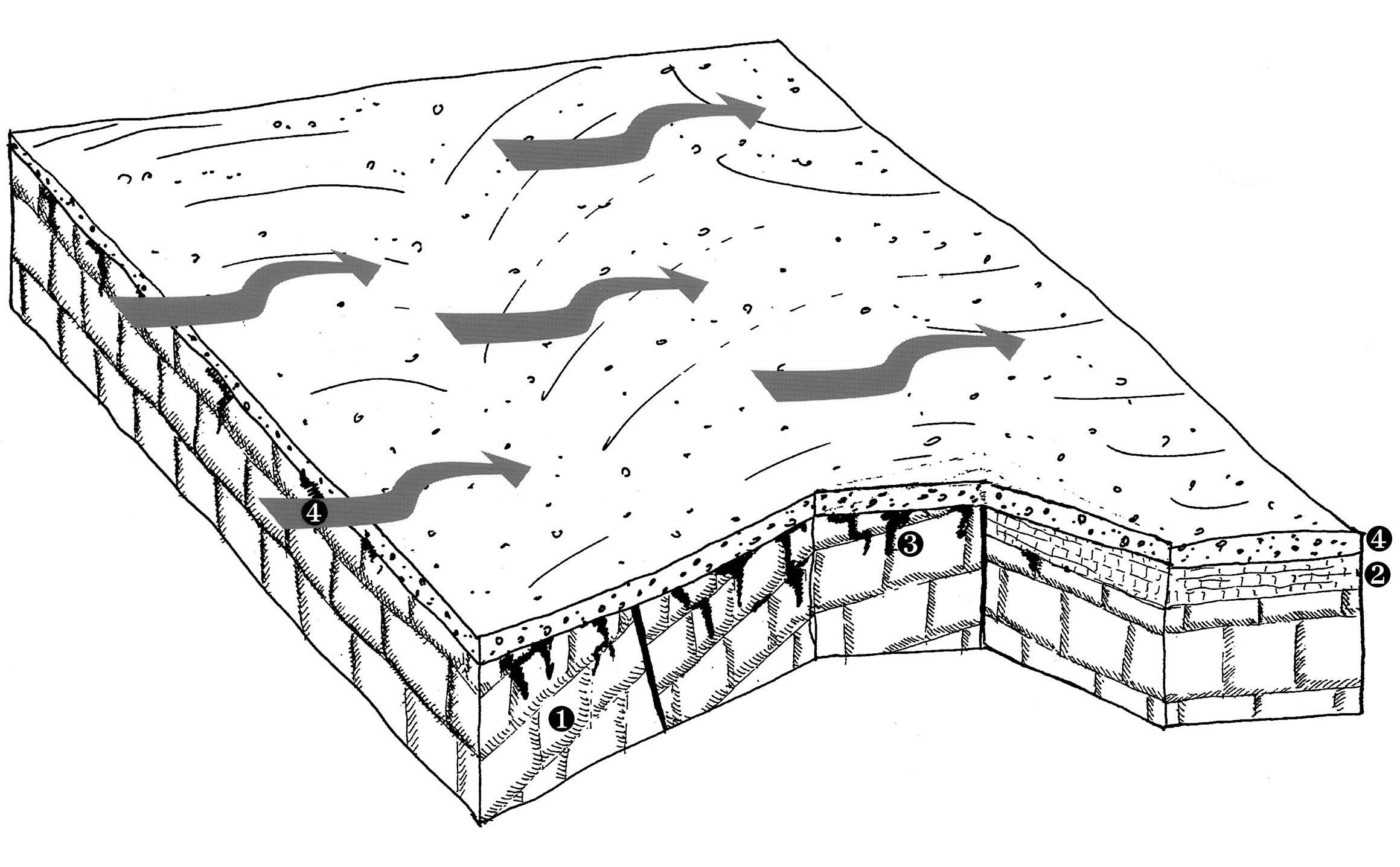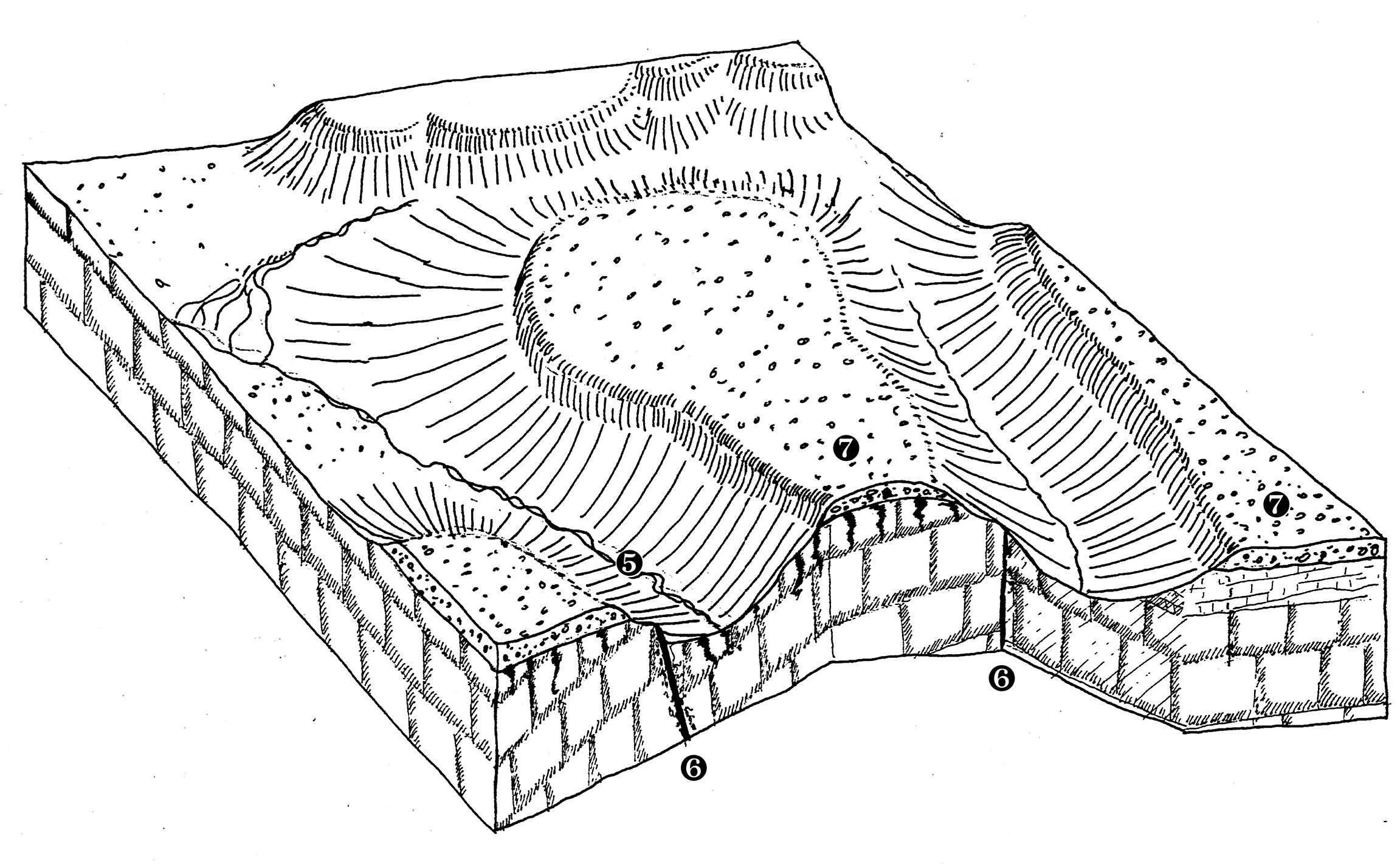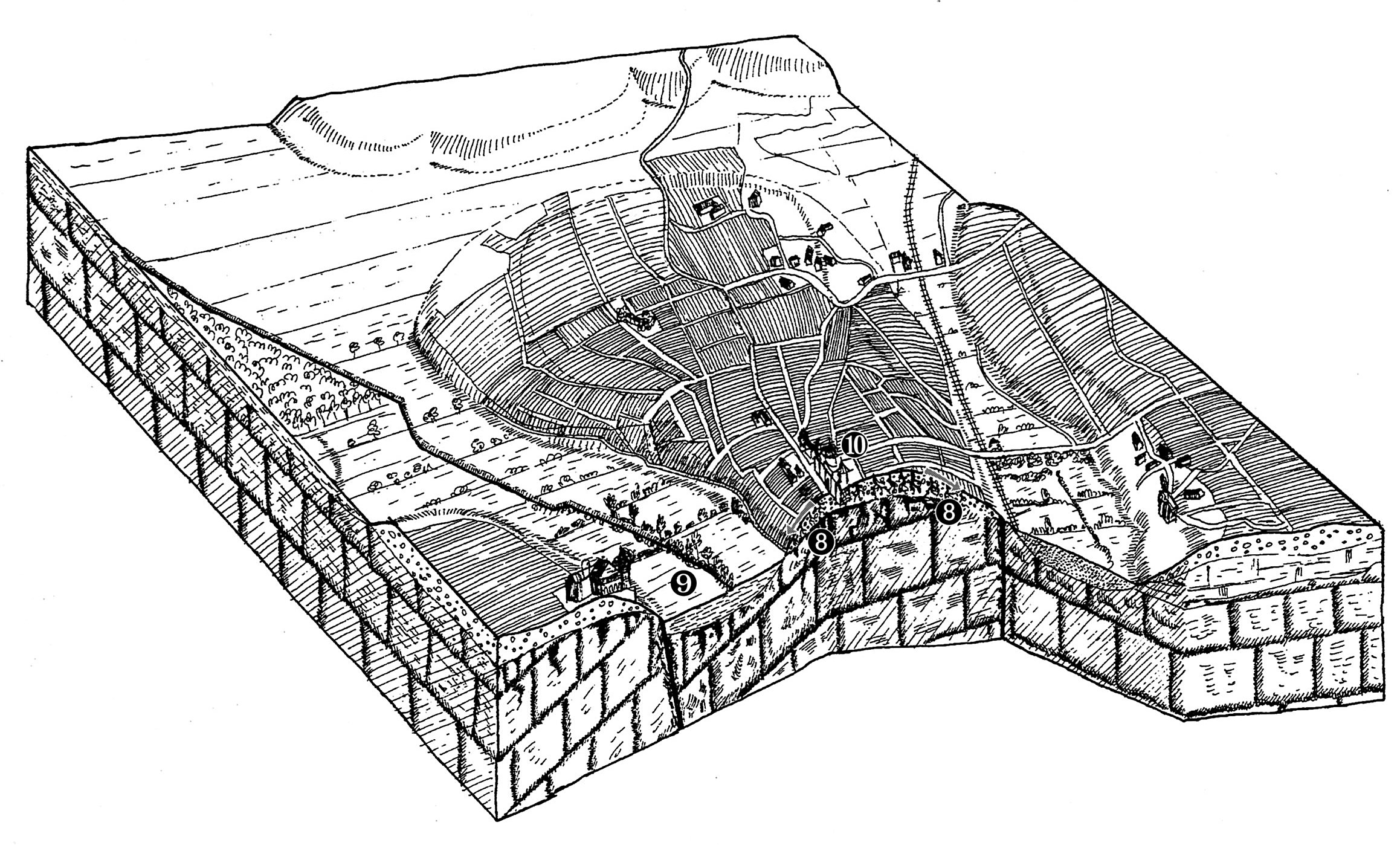Bound by the Gironde River to the east, the Jalle du Breuil (The Breuil Brook) to the south, adjacent to the villages of Cissac and Vertheuil to the west, and Saint-Seurin de Cadourne to the north, the Saint-Estèphe appellation area stretches over 1250 hectares of vines, i.e. 7.5% of the Medoc vineyards. The mix of grapes varieties consists of 50% Cabernet Sauvignon, 40% Merlot, 7% Cabernet Franc and 3 % Petit Verdot.
From the road along the estuary you can see the start of the gravelly outcrops that are found in no other part of the Médoc. This road is bordered to the east by the untamed banks of the river, home to the huts of shrimp fishermen, and to the west by marshes overlooked by stony slopes. The view from the road offers a great view of a sea of vines disappearing into the distance, the rows rising up in soft undulating waves wherever the landscape takes them and dying out on the low terraces. The vine gains nourishment from the poor, perfectly drained soil that endows Saint-Estèphe wines with great complexity, marrying finesse and power and giving them a quality and uniqueness of character that are all their own.
Assortments of pebbles and stones
What distinguishes the Saint-Estèphe terroir? If you take a look at the ground as you walk through the vineyards, you can attempt to identify the pebbles and stones that make it up. Pink and white quartz, flint, sandstone, agatoid, volcanic Lydian, grit (millstone)... These beautiful pebbles carried here by the river nearly two million years ago are mixed with sand and clay in varying proportions over the appellation area and make up what is more specifically known as “graves”. Two-thirds of the Saint-Estèphe area is covered by alluvial gravel made up of pebbles and gravel coated with clayey sand. The lower terrace is gravelly, but the higher terrace is more sandy-gravelly. One of the characteristics of the Saint-Estèphe terroir is the deep layers of clay, which enable the vines to easily withstand the shortage of water in very dry years. Another specific feature of the terroir is the presence of marine limestone, known as “ Saint-Estèphe limestone”, which shows through at the base of the hillocks to the east and which can be found virtually everywhere but predominantly to the west of the appellation. Further south, the terroir consists of marly subsoils. The subtlety of Saint-Estèphe’s terroir comes from the perfect balance between soil and subsoil found there. The diversity of landscapes and soil colours is the result of this great geological variety.
Well-drained slopes
The Saint-Estèphe plateau features a landscape of very well-drained hillocks. The slopes of this landscape play an important role in the quality of the wines as they reduce the water supply and increase the depth of rooting. Bordered by two major depressions i.e. a stream known as the Chenal de la Calupeyre to the north and the brook called the Jalle du Breuil to the south, the interior of the appellation area is distinguished by particularly hilly terrain that helps natural drainage.
Temperate climate
Saint-Estèphe, the northernmost appellation, is located in the heart of the Médoc, near the Gironde Estuary. Crossed by the 45° parallel, it enjoys a rather hot and humid, temperate climate conducive to vine growing. Its location between sea and estuary is an added bonus as this regulates heat and helps to avoid extreme temperatures. For example, water vapour from the estuary regulates the temperature range. The large amount of sunshine and the gentle wafting of the winds also help in the slow ripening of the grape berries. The soils work in perfect harmony with the climate. The stones store the heat during the day and restore it to the grapes at night. Rainfall, which can be heavy and frequent between autumn and spring, does not adversely affect the permeable soils in Saint-Estèphe.

Child of sea and river waters, Saint-Estèphe’s millennial land reveals its secrets
Saint-Estèphe is a land of alluvia, formed by an accumulation of sedimentary deposits that began some 50 million years ago.
The great diversity of soils and subsoils give the wine so many expressions and nuances. In addition, there are, of course, variations in the climate and microclimates that affect the character of each vintage. Lastly the work of the St-Estèphe wine makers, heirs to a time-honoured culture that is often handed down from father to son, is of paramount importance. With perfect knowledge of their plots, the soil or subsoil composition and the meanderings of the water supply, the wine makers have greater mastery of their vineyards.
With its 1250 hectares of vines, the Saint-Estèphe appellation boasts the greatest variety of terroirs split over a broad family of wines from Crus Classés, Crus Bourgeois and Crus Artisans to wine for the cooperative winery.
It is difficult to ascribe one single style of wine to Saint-Estèphe as the terroirs from which it originates differ so much in terms of sedimentary variety. However it can be described as a wine that possesses enormous tannic power, giving it exceptional ageing ability. Its great phenolic richness is partly due to the proximity of Saint-Estèphe’s marly limestone subsoil. This longevity does not prevent it from being enjoyed in its youth, as its tannins are firm yet racy and elegant. These tannins define Saint-Estèphe wine within a delicious, harmonious structure. Saint-Estèphe lovers appreciate its typical character and complex bouquet.
Child of sea and river waters, Saint-Estèphe’s millennial land reveals its secrets
Saint-Estèphe is a land of alluvia, formed by an accumulation of sedimentary deposits that began some 50 million years ago.

Powerful Mindellian erosions shaped the landscape into gravelly outcrops, the depressions breaking up the plates here and there (5). These tectonic faults laid a path to powerful erosion that isolated the Saint-Estèphe gravelly vineyard plateaus into an archipelago (6) and (7). This erosion dates from the Mindel period (200 to 600,000 years).

The Ice Age’s freezing temperatures caused solifluction: the gravel poured down the sides of the hills and nourished the slopes so conducive to vine growing (8). The warming that followed the Paleolithic period (from 9000 years) caused sea waters to rise and marshes to form (9).
1-Birth of a Land from an ancient ocean bed. Saint-Estèphe’s limestone bedrock is a remnant of past tropical seas
Saint-Estèphe subsoil sits on a limestone bedrock dating from the Ludian age (Tertiary period). Saint-Estèphe and the Médoc in general resulted from successive sea withdrawals. It was therefore a new land, enriched with marine, lake and fluvial sedimentary matter, which emerged some 50 million years ago. Saint-Estèphe’s limestone bedrock was thus once a vast tropical sea. Many specimens of molluscs characteristic of marine limestone known as “ Saint-Estèphe limestone” bear witness to this past. More specifically, this marine sediment can be found spread over several carbonated levels dating from Eocene marine sedimentation (between -43 and -37 million years). To the east, forming a polygon passing through the Saint-Estèphe village itself, Saint-Corbian, Aillan, Leyssac, Blanquet, Montrose and Meyney, the Saint-Estèphe limestone is located under the gravelly topsoil and is made up of clayey limestone layers that alternate over 8 metres’ depth. To the west in a large area covering Laujac to Pez, sandy limestone and sandstone with outcrop ridges can be found. Farther west in the Coutelin district, with marl deposits at the bottom and limestone deposits at the top, we find a rare limestone known as calcaire à astéries (containing small fossilized starfish), dating from the Oligocene epoch (-37 to -25 million years.)
2-The river deposits the gravel
In the early Quaternary era, during the Gunzian period (0.6 to 1.2 million years), the alternation of glaciations and climatic warming led to a thawing of the ice in the Pyrenees and Massif Central. A large body of water was released, bloating a meandering river which carried with it sediment that had been in the depths for thousands of years. Rolled, eroded and finally deposited on the Tertiary limestone bedrock, the sediment spread out in gravelly layers and has accumulated over time. The oldest is the Pyrenean gravel on the high terrace. This consists of small round pebbles and almond shaped white quartz. Over the last million years of the Quaternary period, other glacial graves known as ‘garonnaises’ (from the Garonne) were brought by heavy Garonne and Dordogne floods and deposited by the river mainly along the estuary. This latter, larger gravel is made up of coarse sediment where sand and clay have mixed together with different pebbles of various colours, white, black or brown. The winds have also contributed to the alteration of the soils by bringing in sand of vegetal and marine origin.
3-Shaped by erosion, the landscape of gravel slopes plays its part in wine quality
The appellation area includes several small streams running from west to east that mark a platform of carbonated sediment with numerous crevices caused by river erosion nearly 10,000 years ago. In the eastern part, this platform supports a gravelly terrace created 900,000 years ago and to the west an older, sandier terrace. Shaped in each period with sedimentary deposits, carved into strips in the late Ice age, crevaced, split and hollowed by erosion and tectonic movements, the graves formed in layers at decreasing altitudes. In fact they now culminate between 20 and 30m altitude to the west and gently slant towards the Gironde River that they sit above by 5 to 6m. Winds, waters, seismic tremors, powerful pushes from the Pyrenees and the rising up of the Charentes plateau therefore transformed the layers into well formed hillocks helping natural drainage with evacuation of both surface and soil water. This landscape of gravelly slopes that we can admire today is essential for the vine that can draw in just the right amount of water.
Comments